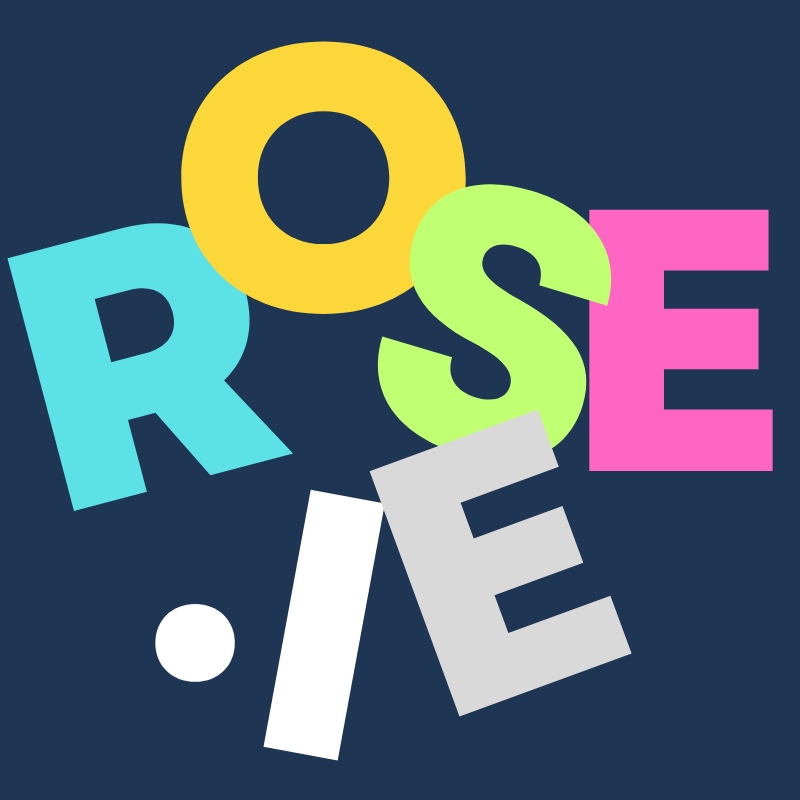
Phoenix & Dragon

Phoenix & Dragon

Typography




Embodied Conversational Agents

Understand what an Embodied Conversational Agent is, understand how and why they are created.
As social VR grows in popularity, understanding how to optimise interactions becomes increasingly important. Interpersonal distance—the physical space people maintain between each other—is a key aspect of user experience. Previous work in psychology has shown that breaches of personal space cause stress and discomfort. Thus, effectively managing this distance is crucial in social VR, where social interactions are frequent. Teleportation, a commonly used locomotion method in these environments, involves distinct cognitive processes and requires users to rely on their ability to estimate distance. Despite its widespread use, the effect of teleportation on proximity remains unexplored. To investigate this, we measured the interpersonal distance of 70 participants during interactions with embodied conversational agents, comparing teleportation to natural walking. Our findings revealed that participants maintained closer proximity from the agents during teleportation. Female participants kept greater distances from the agents than male participants, and natural walking was associated with higher agency and body ownership, though co-presence remained unchanged. We propose that differences in spatial perception and spatial cognitive load contribute to reduced interpersonal distance with teleportation. These findings emphasise that proximity should be a key consideration when selecting locomotion methods in social VR, highlighting the need for further research on how locomotion impacts spatial perception and social dynamics in virtual environments.
Feminist Analysis of Bumble
Examining a mdoern dating app from sthe lens of CompHet.
Check out the project Page
As social VR grows in popularity, understanding how to optimise interactions becomes increasingly important. Interpersonal distance—the physical space people maintain between each other—is a key aspect of user experience. Previous work in psychology has shown that breaches of personal space cause stress and discomfort. Thus, effectively managing this distance is crucial in social VR, where social interactions are frequent. Teleportation, a commonly used locomotion method in these environments, involves distinct cognitive processes and requires users to rely on their ability to estimate distance. Despite its widespread use, the effect of teleportation on proximity remains unexplored. To investigate this, we measured the interpersonal distance of 70 participants during interactions with embodied conversational agents, comparing teleportation to natural walking. Our findings revealed that participants maintained closer proximity from the agents during teleportation. Female participants kept greater distances from the agents than male participants, and natural walking was associated with higher agency and body ownership, though co-presence remained unchanged. We propose that differences in spatial perception and spatial cognitive load contribute to reduced interpersonal distance with teleportation. These findings emphasise that proximity should be a key consideration when selecting locomotion methods in social VR, highlighting the need for further research on how locomotion impacts spatial perception and social dynamics in virtual environments.
The Race Home

Interactive Digital Media developed short film
Soundscape: Sensory Overlaod

Sensory overload happens when you’re getting more input from your five senses than your brain can sort through and process. Multiple conversations going on in one room, flashing overhead lights, or a loud party can all produce the symptoms of sensory overload. Developed by: Rosie Connolly, Yuntongying Xiao, Delia Lynch, Luke Harrison
GV Branding
.png)
I designed the winning logo for the AI Versus Human Logo competition was held by the Graphics and Vision Discipline to determine their new logo. Designed in Adobe Illustrator, no AI involved!
"Lost in the Retroverse" is a Virtual Reality experience that takes you through the grief of losing a loved one and immerses you in the nostalgia of iconic video games like Tetris, Super Mario, and Pacman. Inspired by the most iconic games of the 80s, it presents the adventure of Alex, a teenager who experiences the loss of his father but soon discovers Retroverse: a dimension that keeps his father's memory alive. Lost in the Retroverse is comprised of a variety of creative components: Narrative, 3D Modelling, Game Mechanics and User Interactions, Audio, Graphic Design and Illustrations.
This project was exhibited as part of the annual Interactive Digital Media Showcase at the Science Gallery in Trinity College Dublin, as well as European Researchers' Night 2023, Beta Festival 2023 and Rendr Fest 2024. It has received favorable appraisals from both academics and exhibition attendees.
Virtual Gallery Assistants: Exploring Embodied Conversational AI in Art Spaces
Rose Connolly will guide visitors through an interactive demo in which virtual gallery assistants powered by Inworld AI enhance their visit with expert insights into art, history, and culture. These lifelike conversational agents offer real-time guidance, answering questions and providing in-depth information on artworks, artists, and techniques. Through a fully immersive virtual reality experience, you’ll see how these AI-driven assistants transform digital art spaces, making the experience educational and engaging.
European Researchers' Night 2024
Displayed with Graphics & Vision Group, TCD
